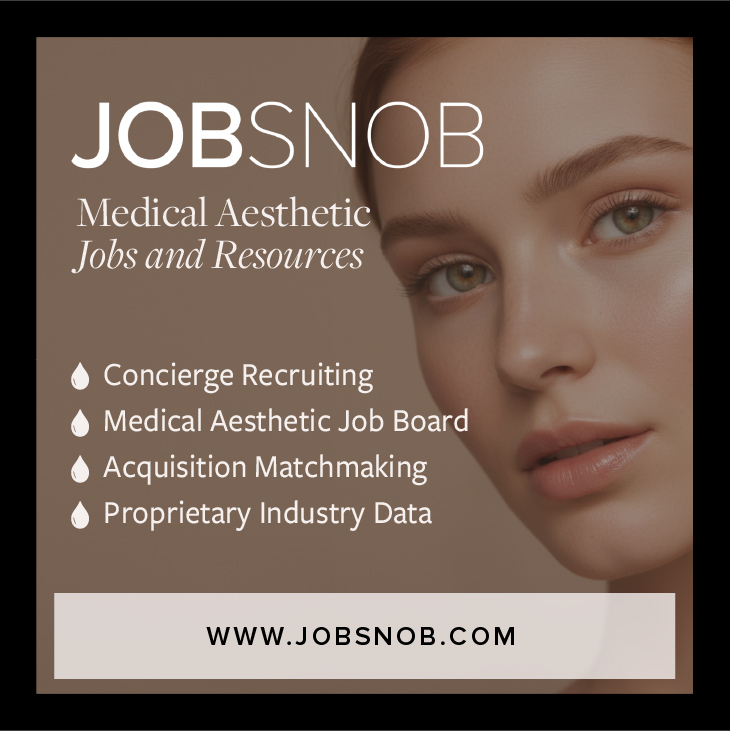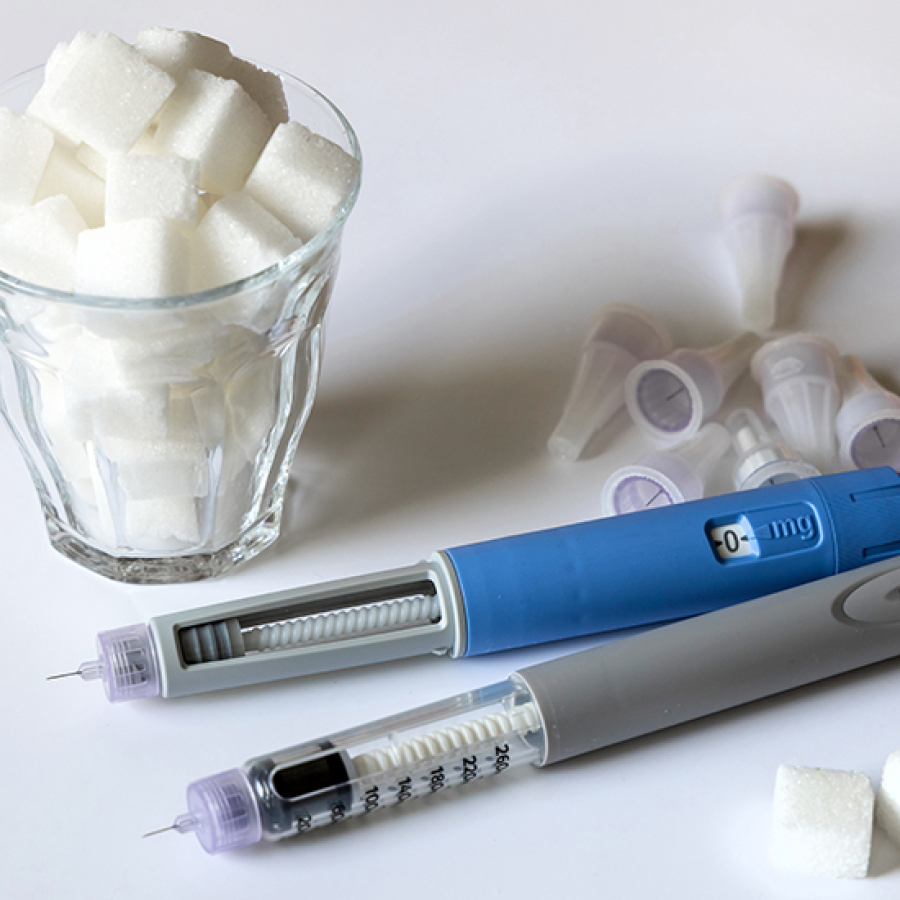
Legal
HB 3749, Greg Abbott, and... John Oliver?
HBO's Last Week Tonight with John Oliver discussed public concerns about how med spas operate.By Alex Thiersch, CEO, AmSpaJohn Oliver ...

Show your committment to patient safety, legal compliance and community over competition.
AmSpa members receive preferred pricing on all AmSpa live and virtual trainings.
Get the latest news and information about safe, legal practice in medical aesthetics directly in your inbox.
Get access to med spa laws, in-person and online training and more!
Posted By Mike Meyer, Monday, October 21, 2019

By Michael Meyer, Content Writer/Editor, American Med Spa Association
Not every medical spa offers retail products, but according to the findings of the 2019 Medical Spa State of the Industry Report, those that don't are missing out. The report reveals that 92% of medical spas sell skin care products as retail and that, each time patients decide to buy these products—an average of 81 times per month—they spend an average of $134 on them.
"High-volume retail sales are absolutely imperative for the profitability and long-term success of a medical spa," says Bryan Durocher, a medical spa consultant and business development expert who is president of Durocher Enterprises. "In today's competitive market, owners must invest not only in the products and merchandise stocked on the shelves, but also in properly ensuring their staff is adequately trained in how to sell retail, so that the products move off the shelves and into their patients' hands. Developing a staff into the ultimate retailing dream team is the best, most underexposed and underutilized investment one can make."
If someone comes into a medical spa from a medical background, it might seem somewhat gauche to him or her to place such an emphasis on retail sales. However, selling is a key part of what sets the medical aesthetic industry apart from more traditional medical services, and it is important that all providers understand that they are part of the sales process.

"Having meetings and educating the staff takes up a lot of time, and it can be annoying and make the week a little hectic and frantic, but it's really important," says Tanya McDevitt, practice manager for NeoSkin Center Medical Spa and Acne Clinic, a multi-million-dollar medical aesthetic practice located in Hudson, Ohio, a suburb of Cleveland. "Everyone in our facility is trained, from front desk to Dr. [Tricia] Bedrick [the practice's owner]. Everyone gets the same amount of product training."
McDevitt estimates that approximately 20-30% of NeoSkin's revenue comes from retail sales. Maintaining or improving upon this is a top priority, and communicating with sales representatives from suppliers and manufacturers helps her and her staff understand how to best sell these items.
"I've really learned to utilize the sales reps for the products that we carry here," McDevitt explains. "I really had to change my mind-set on that. I feel like setting aside the time with the rep—whether it's a one-on-one with me to give me updated product information or to give Dr. Bedrick a one-on-one with updated product information or a team training—is just vitally important. They're the experts on that line. I think a couple of my product reps are in here probably every two weeks. I love having them here. We learn something new every single time they come in, and I just think the presence of those reps is really important. And I can't believe I'm saying that, because, at first, it really irritated me. But I find that they're very helpful."
A provider with excellent product knowledge can confidently tell a client about the benefits of a particular product, and a happy, well-informed client will very likely recommend the product to others.

"Your existing patients are the best and most cost-effective advertisement opportunities your medical spa has," says Durocher. "When your staff properly educates their clients, they are able to maintain their service results at home. This ensures their satisfaction and return to your medical spa, while creating enthusiasm to spread the word about their experiences."
Given this, medical spa owners and operators should try to sell products that are not widely available or easily obtained from other outlets.
"Most of the product lines that we carry are not available to purchase online," says McDevitt. "I feel like that makes us a destination, and our patients know that they can't just log on to Amazon or somewhere else and purchase them. I think that makes us unique."
Branded merchandise is another growing aspect of medical spa retail. According the 2019 Medical Spa State of the Industry Report, 19% of medical spas offer products such as t-shirts and jewelry, and while these products don't sell in as great quantities as the skin care products—the average spend per patient is $45, and med spas report 38 purchases per month—but because they are so cheap to manufacture, they represent a relatively low-risk way to add to a practice's bottom line.

But even if you feel that selling t-shirts is a step too far, embracing the retail side of the industry in a meaningful way can lead to higher profit margins and greater awareness of your business.
"We're in a very small suburb outside Cleveland that's a high-income area, and our lobby looks just like a storefront would if you were on the street and you could walk in," says McDevitt. "It is so exciting and fun when people walk into our new space—they're like, 'Oh my gosh, I can't believe how beautiful it is.' And it looks like you're in a retail store."
Related Tags
Medical spa news, blogs and updates sent directly to your inbox.

Legal
HBO's Last Week Tonight with John Oliver discussed public concerns about how med spas operate.By Alex Thiersch, CEO, AmSpaJohn Oliver ...

Trends
By Patrick O'Brien, JD, general counsel, and Kirstie Jackson, director of education, American Med Spa AssociationWhat is happening with glucagon-like ...

Trends
By Michael Meyer Approximately every two years, the American Med Spa Association (AmSpa) releases its Medical Spa State of ...

Trends
By Michael Meyer Since the beginning of 2024, it seems like medical aesthetics has taken one hit after another ...